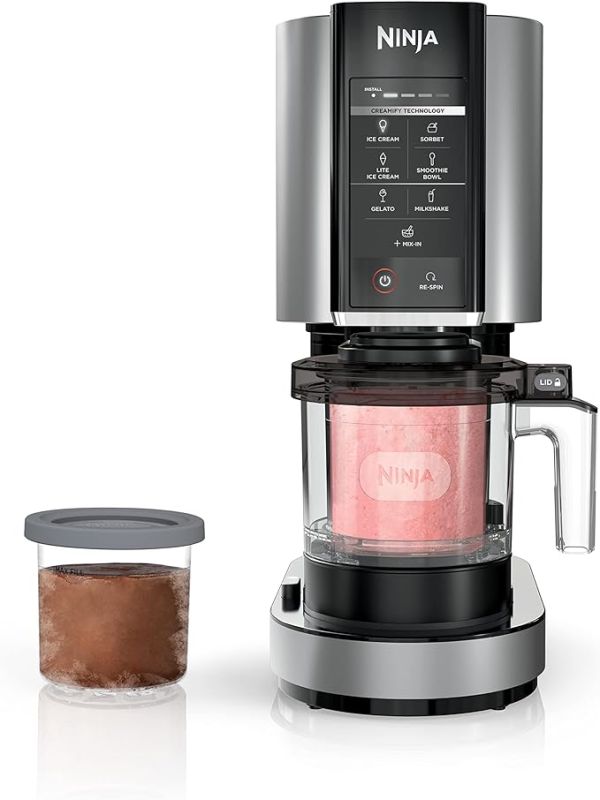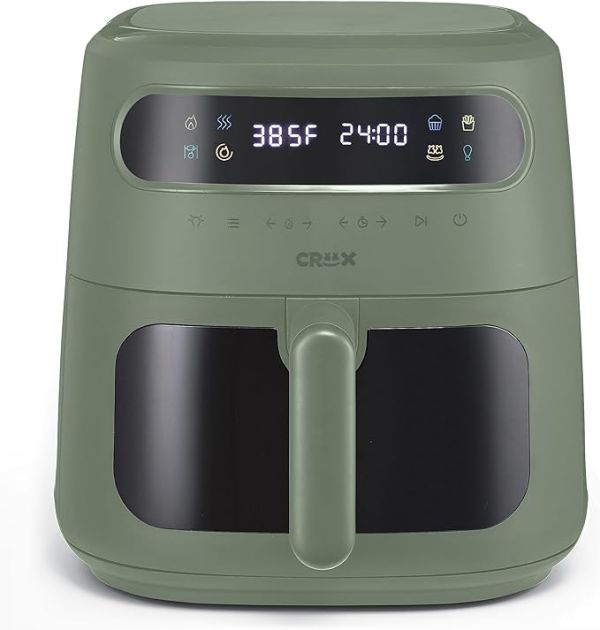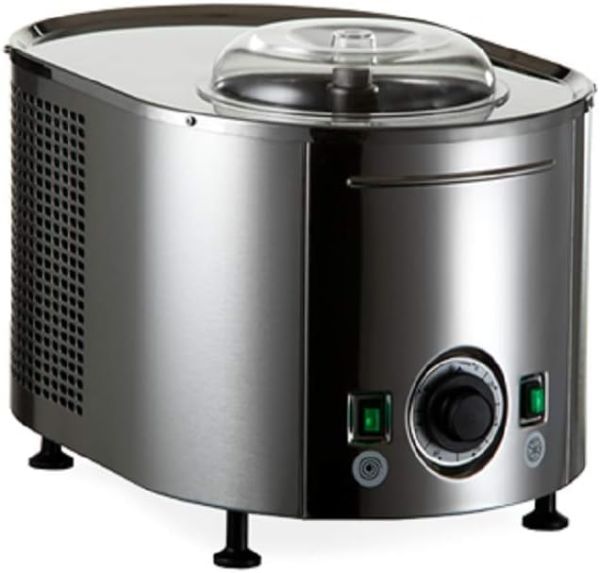Countertop Blenders Buying Guide: Pitcher Size, Power, and Blades
- 1. Types of Countertop Blenders
- 2. Pitcher Size and Material
- 3. Power and Performance
- 4. Blade Design and Material
- 5. Speed Settings and Controls
- 6. Special Features to Consider
- 7. Noise Levels
- 8. Countertop Space and Design
- 9. Best Uses for Countertop Blenders
- 10. Cleaning and Maintenance
- 11. Price Comparison Table
- 12. Tips for Choosing the Right Blender
- Conclusion
A countertop blender is one of the most versatile kitchen appliances you can own. From making smoothies and soups to crushing ice and blending nut butters, a reliable blender saves time and effort while expanding your culinary possibilities.
However, with hundreds of models available, choosing the right blender can be confusing. Should you prioritize pitcher size, motor power, or blade design? The answer depends on your lifestyle, kitchen needs, and budget.
This comprehensive buying guide breaks down everything you need to know about countertop blenders, helping you choose the best model for your kitchen.
1. Types of Countertop Blenders
Before diving into features, it's important to understand the main types of blenders:
| Blender Type | Best For | Typical Power | Pitcher Size | Price Range |
|---|---|---|---|---|
| Standard Blenders | Smoothies, sauces, soups | 300-700W | 40-60 oz | Budget-friendly |
| High-Performance Blenders | Nut butters, frozen desserts | 1,000-1,800W | 64-72 oz | Mid to high-end |
| Personal Blenders | Single servings, shakes | 200-600W | 12-24 oz | Compact & affordable |
| Commercial Blenders | Restaurants, cafes | 1,200-2,200W | 64-90 oz | Premium pricing |
2. Pitcher Size and Material
The pitcher size determines how much you can blend at once. Choose a capacity based on the size of your household and typical recipe needs.
| Pitcher Capacity | Ideal Use Cases | Best Material Options | Pros | Cons |
|---|---|---|---|---|
| 20-32 oz | Single servings, protein shakes | BPA-free plastic | Lightweight, compact | Not ideal for families |
| 40-48 oz | Small families, soups, sauces | Tritan plastic or glass | Versatile & practical | Limited for bulk batches |
| 64-72 oz | Large families, parties | Tritan plastic | High capacity, durable | Requires more counter space |
| 80+ oz | Commercial use | Heavy-duty polycarbonate | Handles large volumes | Expensive, bulky |
Material Tips:
-
Glass pitchers resist scratches but are heavier and can break.
-
Tritan plastic pitchers are lightweight, shatterproof, and dishwasher-safe.
-
Stainless steel pitchers are durable but don't let you see the contents.
3. Power and Performance
A blender's motor power determines how well it handles different tasks - from simple smoothies to crushing ice.
| Power Range | Performance Level | Best For |
|---|---|---|
| 200-500W | Light-duty | Protein shakes, baby food, soft fruits |
| 600-900W | Medium-duty | Smoothies, soups, and light frozen blends |
| 1,000-1,500W | High-performance | Crushing ice, nut butters, frozen desserts |
| 1,600W+ | Professional-grade | Commercial kitchens, high-volume blending |
Pro Tip: If you frequently blend frozen fruit or ice, go for 1,000W+ to avoid burning out the motor.
4. Blade Design and Material
Blender blades are responsible for chopping, crushing, and pureeing ingredients. Their shape, sharpness, and material directly affect performance.
| Blade Type | Material | Best For | Pros | Cons |
|---|---|---|---|---|
| Cross Blades | Stainless steel | Smoothies, soups, sauces | Fast blending | Less effective for dry foods |
| Flat Blades | Hardened steel | Grinding coffee, spices | Handles dry ingredients well | Limited liquid blending |
| Multi-Level Blades | Titanium-coated steel | Ice crushing, frozen fruit | Better circulation | Harder to clean |
| Twist Blades | Stainless steel | Creamy textures, nut butters | Smooth blending | Higher cost |
5. Speed Settings and Controls
Speed settings affect the blender's versatility and ease of use.
| Control Type | Features | Best Use Case | Skill Level |
|---|---|---|---|
| Manual Dial | Adjust speed freely | Precise blending | Intermediate |
| Preset Programs | Smoothies, soups, crush ice | Consistent results | Beginner-friendly |
| Pulse Button | Short bursts of power | Ice crushing, chunk control | All users |
| Touchscreen | Digital, programmable | High-end models | Advanced users |
6. Special Features to Consider
When selecting a blender, look for extra features that improve convenience and performance:
| Feature | Benefit |
|---|---|
| Self-Cleaning Mode | Makes cleanup fast and effortless |
| Noise Reduction | Quieter operation for households |
| Tamper Tool | Pushes ingredients into blades |
| Variable Speeds | Greater control over texture |
| Safety Lock | Prevents accidental starts |
| Heat-Resistant Pitcher | Ideal for hot soups |
7. Noise Levels
Powerful blenders can be noisy, but manufacturers are improving sound insulation.
| Noise Level | Decibels (Approx.) | Typical Models |
|---|---|---|
| Quiet | 70-80 dB | Personal blenders |
| Moderate | 80-90 dB | Standard countertop |
| Loud | 90-100 dB | High-performance |
| Ultra-Loud | 100+ dB | Commercial-grade |
Tip: If you blend early mornings or late nights, consider a blender with noise-dampening technology.
8. Countertop Space and Design
A blender should fit comfortably in your kitchen without dominating the counter.
| Feature | Compact Blenders | Full-Sized Blenders |
|---|---|---|
| Height | 12-15 inches | 16-20 inches |
| Base Size | Small footprint | Requires more space |
| Weight | 3-6 lbs | 8-15 lbs |
| Storage | Easy to tuck away | Often stays on counter |
9. Best Uses for Countertop Blenders
| Use Case | Recommended Power | Ideal Pitcher Size | Blade Type |
|---|---|---|---|
| Smoothies | 600-1,000W | 40-64 oz | Cross blades |
| Soups | 800-1,200W | 48-64 oz | Multi-level blades |
| Nut Butters | 1,000W+ | 32-48 oz | Twist blades |
| Ice Crushing | 1,200W+ | 64 oz | Stainless cross blades |
| Baby Food | 300-600W | 20-32 oz | Flat blades |
10. Cleaning and Maintenance
Proper care extends the life of your blender and ensures better performance.
| Part | Cleaning Method | Dishwasher-Safe |
|---|---|---|
| Pitcher | Warm soapy water, rinse well | Yes (most models) |
| Blades | Self-cleaning mode or manual | Yes (check specs) |
| Base Unit | Wipe with damp cloth | No |
| Gaskets & Seals | Remove, wash separately | Yes |
Tip: Run a blender with warm water and a drop of dish soap on high speed for 30 seconds - instant cleaning!
11. Price Comparison Table
| Price Range | Target Users | Power Level | Features | Examples |
|---|---|---|---|---|
| $50-$100 | Beginners | 300-600W | Basic blending, single speeds | Compact, entry-level |
| $100-$250 | Everyday users | 600-1,000W | Multi-speed settings, bigger pitchers | Best for small families |
| $250-$500 | Enthusiasts | 1,000-1,500W | Smart programs, stronger blades | Great for heavy blending |
| $500+ | Professionals | 1,500W+ | Premium design, all-metal construction | Used in cafes/restaurants |
12. Tips for Choosing the Right Blender
-
Match pitcher size to your household needs.
-
Choose power based on tasks - more watts = better performance.
-
Pick the right blade design for your recipes.
-
Opt for a model with multiple speeds and presets.
-
Check noise levels if you have an open kitchen.
-
Prioritize durability, safety locks, and warranty coverage.
Conclusion
Choosing the right countertop blender depends on your cooking style, household size, and performance needs. Consider pitcher capacity, motor power, and blade design carefully before making a decision. Whether you want a compact personal blender or a high-performance machine for professional results, the right model can save time, improve efficiency, and elevate your kitchen experience.



